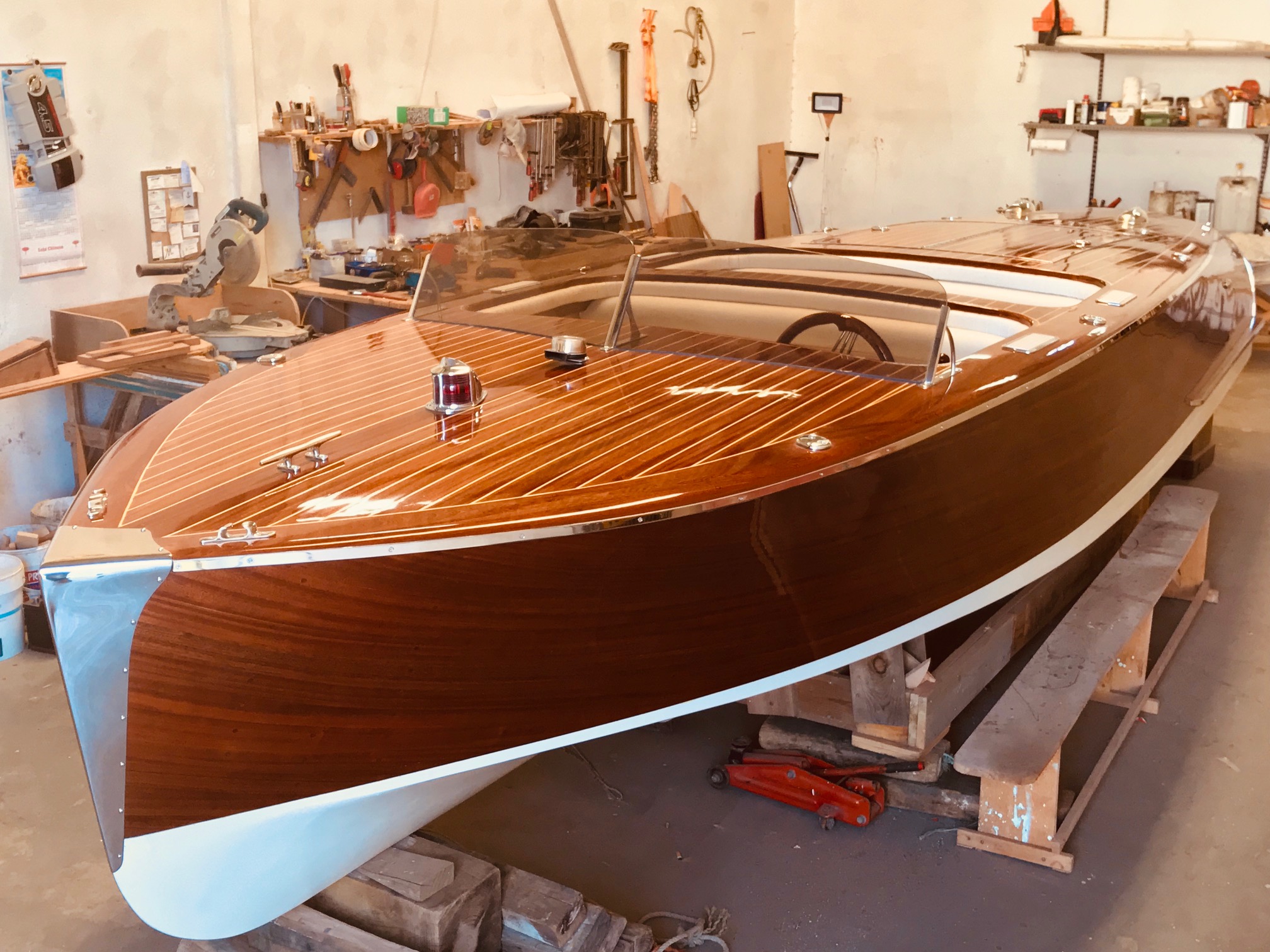
Beyond the Blueprint: Unveiling the Untapped Potential of Free Wooden Boat Plans
The internet is awash with free wooden boat plans, promising a journey into nautical craftsmanship. But beyond the readily available designs, lies a world of untapped potential â€" a realm where creativity and innovation meet traditional boatbuilding. This article delves beyond the surface, exploring unconventional perspectives and offering fresh insights for hobbyists, professionals, and educators alike.
The Unsung Hero: Material Exploration Beyond the "Standard"
Most free plans assume readily available lumber like pine or cedar. But what if we challenged that assumption?
Q: Can reclaimed wood transform a free boat plan into a sustainable masterpiece?
A: Absolutely! Reclaimed wood, from old barns to demolished structures, offers unique character and a significantly reduced environmental footprint. Consider the story each piece holds, translating into a unique vessel. However, thorough inspection for rot and strength testing are crucial. Resources like the National Trust for Historic Preservation offer guidance on sourcing and working with reclaimed wood. The added challenge of working with reclaimed materials can be a rewarding learning experience.
Q: How can experimenting with alternative wood species expand the design possibilities?
A: Moving beyond traditional choices opens up a world of possibilities. The hardness, water resistance, and aesthetic qualities of woods like Iroko (for durability), or even bamboo (for lightweight construction), can drastically alter the final product. Researching the properties of less-common species adds a layer of complexity and a unique outcome to the project. Websites like the Wood Database provide extensive information on various wood types.
Reimagining the Design: Beyond Simple Replication
Free plans provide a starting point, not a rigid constraint. Let's explore ways to personalize and innovate.
Q: How can we integrate modern design principles into traditional boat plans?
A: Think beyond the classic clinker or carvel hull. Consider incorporating elements of modern hydrodynamic design for improved efficiency and speed. Consult naval architecture resources (online and in libraries) to understand hull forms and their implications. Even subtle modifications can significantly impact the boat's performance. This approach blends tradition with cutting-edge knowledge.
Q: Can we adapt free plans for specific environmental conditions?
A: A plan designed for calm lakes might not be suitable for rough seas. Analyze the specific conditions where the boat will be used â€" river currents, wind patterns, and water salinity â€" and adjust the design accordingly. Strengthening the hull, modifying the keel, or adding features like self-bailing systems can enhance safety and usability. Consulting experienced boat builders or local nautical experts can provide invaluable insight.
The Educational Ripple Effect: More Than Just a Boat
Building a boat from free plans offers a powerful learning experience. Let's explore its educational potential beyond the workshop.
Story: A high school woodworking class utilized free plans as a basis for a year-long project. Students not only learned boatbuilding but also integrated math (geometry, trigonometry for hull calculations), physics (buoyancy, hydrodynamics), history (exploration, shipbuilding techniques), and even environmental science (sustainable material sourcing). The final product, a functional, student-built boat, became a symbol of collaborative learning and achievement.
Q: How can educational institutions leverage free boat plans for interdisciplinary learning?
A: Free plans offer a unique opportunity to integrate various subjects, fostering collaborative learning and practical application of theoretical knowledge. The project can seamlessly bridge the gap between classroom learning and hands-on experience, resulting in deeper understanding and engagement. The end result â€" a functioning boat â€" is a powerful testament to collaborative learning.
In conclusion, free wooden boat plans are more than just blueprints; they are springboards for creativity and innovation. By embracing unconventional materials, reimagining designs, and focusing on the educational potential, we can unlock the untapped potential of these resources, building not just boats, but also experiences, skills, and a deeper understanding of craftsmanship and design.


0 komentar:
Posting Komentar